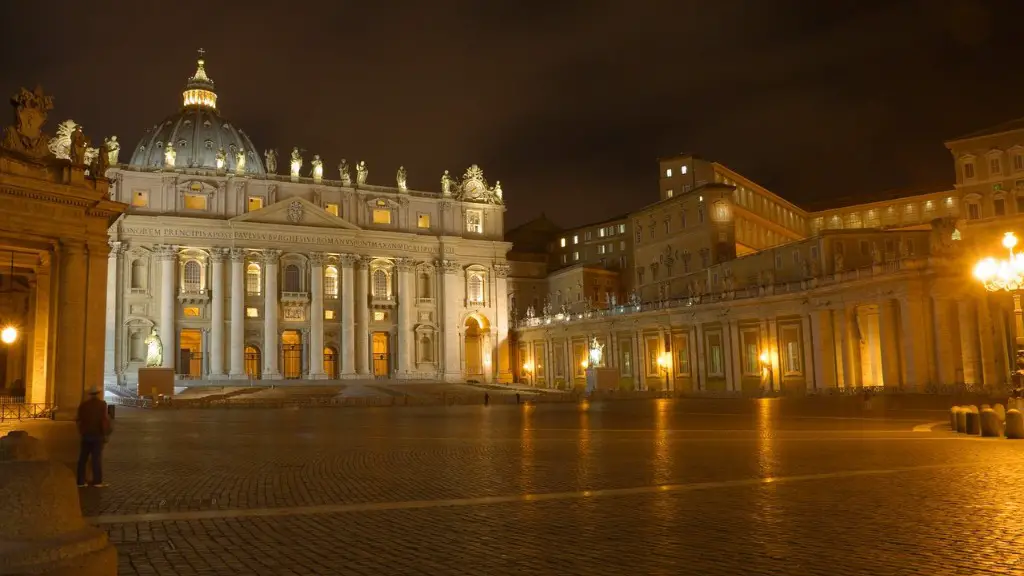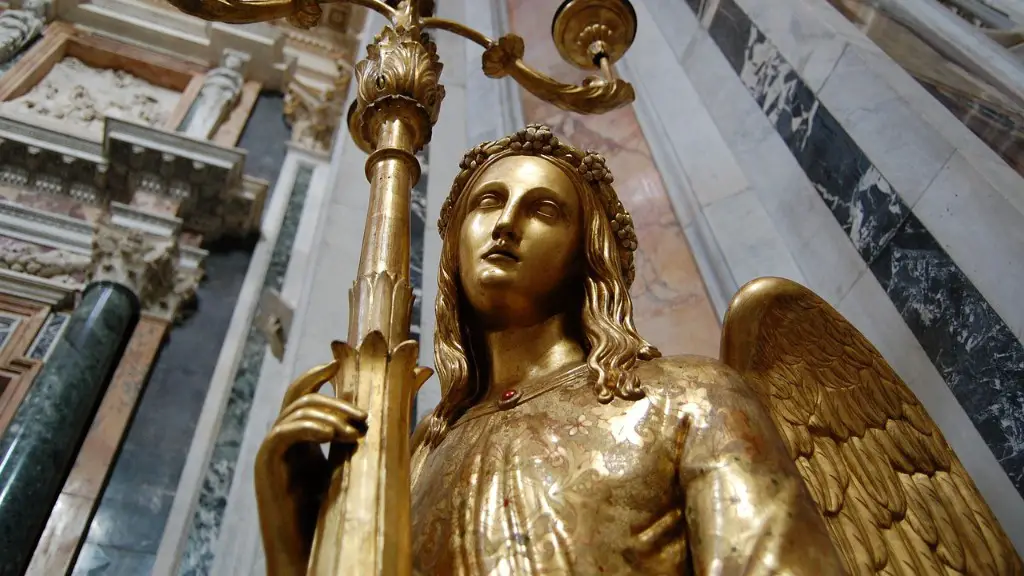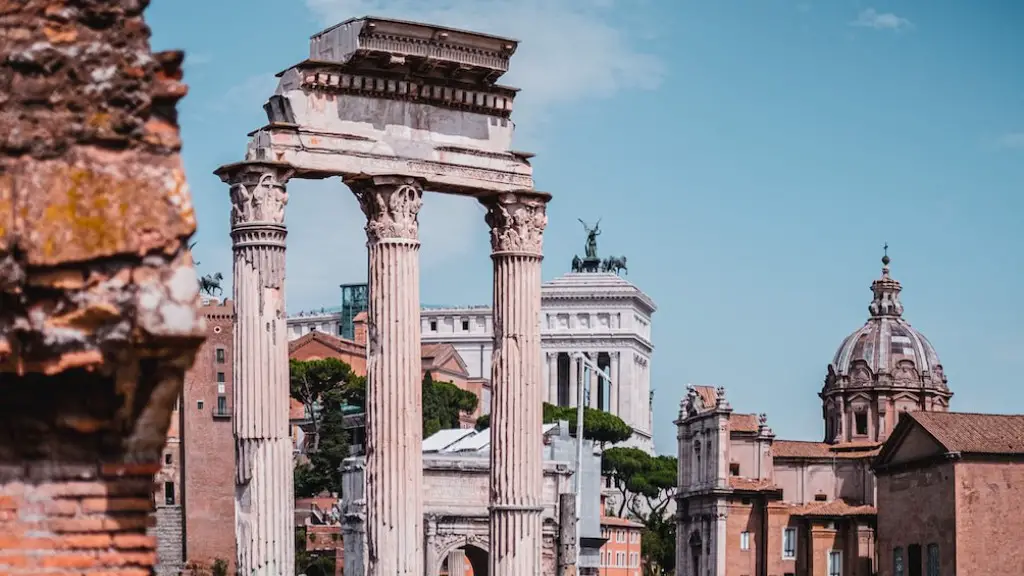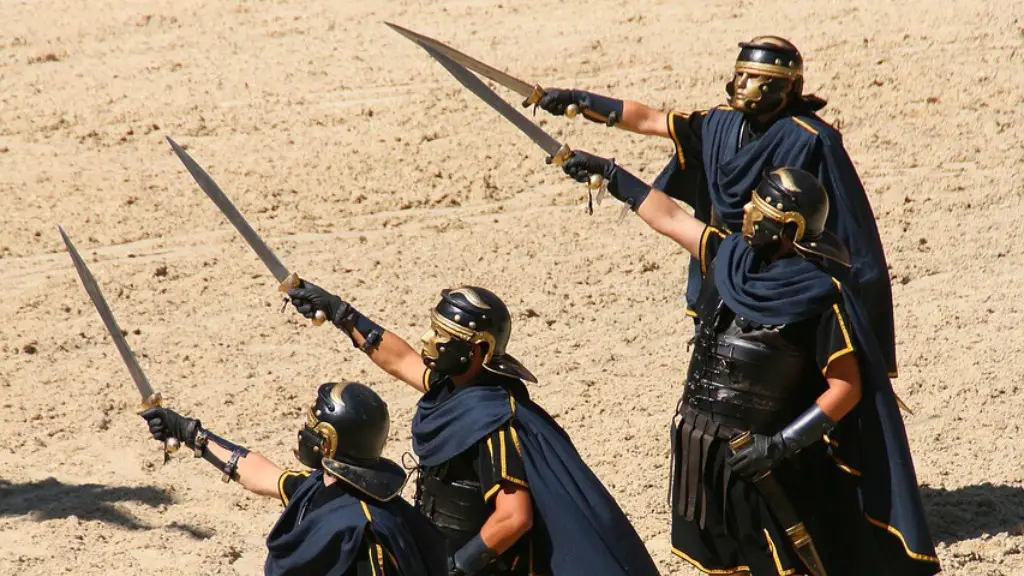Ancient Rome is an era many want to learn about. It’s one of the most beloved times of greatness, with a rich culture in society and politics. But for many, the curiosity is about everyday life. What did ordinary people do in Ancient Rome? What was their food like? What were their living standards? Let’s take a look.
Work
Work was an integral part of life in Ancient Rome. Wealthy men would either be landowners or involved in politics, while the poorer class would work in farming and trades. Women were not allowed to work, however, they would help with managing the house, raising the children and taking part in household production.
Slaves were also a normal part of Ancient Rome and around 1/3 of citizens were slaves, with many having to work in difficult conditions. Those who worked in wealthy households usually experienced better working conditions.
Food
Like in most times, food was central to life in Ancient Rome. Most Romans ate a pagan diet which was based largely around grains, vegetables, fish and fruits. Meat was also a central part of the diet and with it generally being a luxury item, the wealthy ate a lot more meat than the poorer class.
Olive oil was a central part of cooking and eating, and wine was also an important part of everyday life. Eating was mostly an individual activity, with people mostly dining alone rather than as a family.
Home
Most Romans lived in small, cramped dwellings that could be up to 3 stories tall. Wealthy people were able to have bigger homes, while the poorer class often had to share dwellings or live in insulae – multi-story tenement blocks.
Furniture was very minimal and basic, with simple beds and chairs usually the most common furniture in a home. The wealthier had access to more luxurious furniture, and these homes often had public spaces for socialising.
Public spaces weren’t available for the poorer class, however, and most leisure activities took place outdoors.
Healthcare
Healthcare in Ancient Rome was highly inadequate and many people died from diseases like smallpox and typhoid fever. Those who could afford it would have access to the best doctors and treatments, while the poorer class were still able to visit public baths and receive basic treatment.
Medications were mostly made up of herbal concoctions, with many drugs being derived from plants. Surgery was common, however, it was risky, and antibiotics weren’t available.
Education
Most of the poorer class had little to no access to education, while the wealthy were able to attend school and later universities. Boys were mostly home schooled, while girls were denied a formal education, with most receiving instructions from family members.
Institutions like the Lyceum and the Library of Alexandria provided advanced education and gave many the opportunity to learn arts, maths and science.
Art and Entertainment
Art was highly valued in Ancient Rome, with public buildings and statues being created by sculptors and architects. Painting and mosaics were also admired.
In terms of entertainment, many people watched gladiator fights in amphitheatres and went to the theatre to watch plays and musical performances. People also enjoyed ball games and chariot races.
Religion
The Roman pantheon was made up of various gods and goddesses, with Jupiter at the head. People believed in their gods and celebrated festivals and rituals to honour their deities.
Religious practices were observed in the home, and many people built altars and shrines in their homes to honour their gods.
Shopping
Shopping was mostly done in small markets, with wealthier people able to get items from more expensive shops. In terms of currency, coins were the primary form of payment, although barter systems were also used.
Clothing in Ancient Rome was expensive and only the wealthy could afford luxurious fabrics, while the poorer class dressed in basic clothing.
Socialising
Most of the socialising in Ancient Rome took place in the home, with large and small gatherings being held. Feasts were often held and entertainment was provided.
Public entertainment and socialising took place in the shopping areas, theatres, amphitheatres and in public baths. Gardens were also a popular destination for socialising, with many wealthy families having their own gardens.
Family
Family and the home was the centre of life in Ancient Rome. Women were largely seen as the keepers of the home, while men provided for their families. Children were highly valued, with parents providing them with basic education.
Marriage was common, and arranged marriages were popular amongst the wealthy, who saw them as a way to protect their property. Divorce wasn’t common, however, it was possible in both men and women. Women had more rights than in other civilisations and were allowed to inherit property and take part in politics.





